Key Points and Summary – U.S. military planners will surely soon begin to debate whether to export its next-generation F-47 fighter, a choice between the F-22’s export ban and the F-35’s widespread sales.
-There are early signs of a more open approach, including President Trump’s reported offer to sell a “toned down” version to Japan.
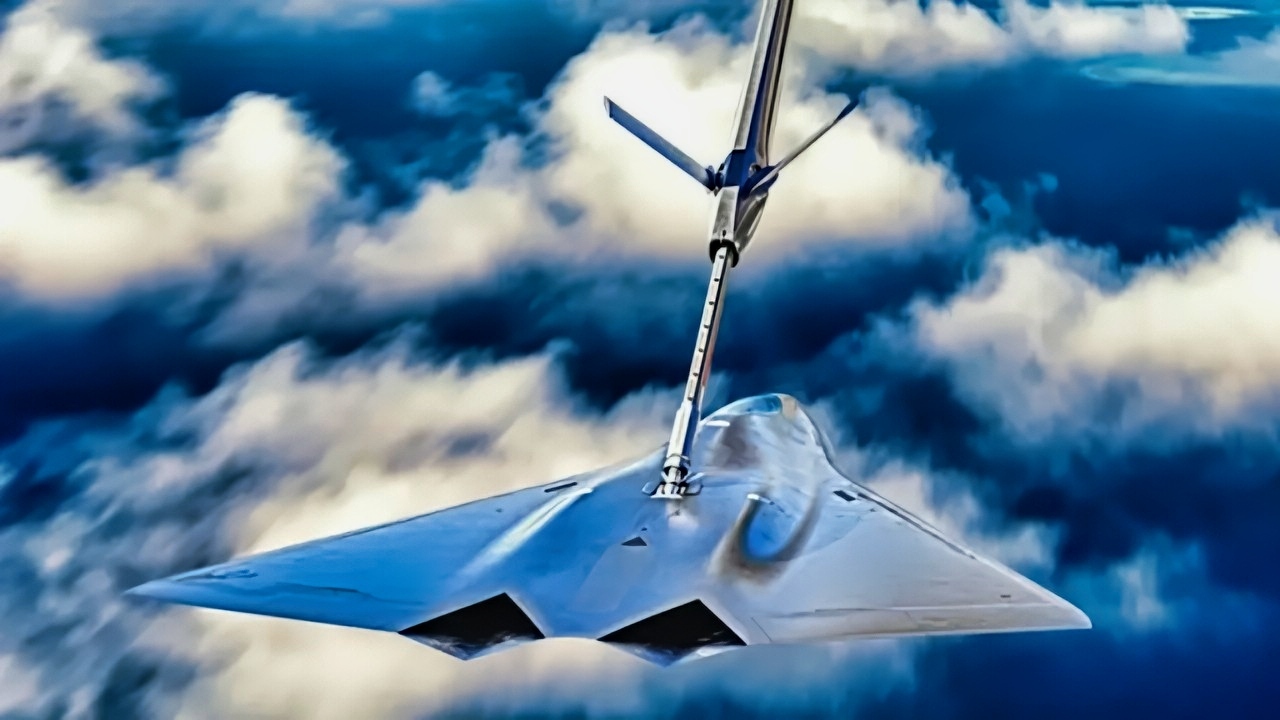
F-47 Lockheed Photo. Image Credit: Lockheed Handout.
-The arguments for export center on lowering costs and strengthening alliances against China. However, the immense risk of leaking revolutionary technology is a major deterrent.
-The most likely path is a hybrid strategy: selling modified versions of the F-47 to only a small, exclusive group of the most trusted U.S. allies.
The F-22 Was Banned From Export. The F-47 Might Not Be.
The F-47 is the latest fighter jet for the U.S. Air Force and is expected to enter service sometime in the 2030s.
Exact details about the fighter are as of yet unknown aside from the general specifications released by the DoD (now DoW) earlier this year.
What is also unknown is whether the F-47 will be available for export among allied nations.
While the F-35 has achieved commercial success worldwide, the F-22 was notably excluded from the export market due to its high costs and advanced technology.
The question remains whether the F-47 will go the route of the F-35 or the F-22.

U.S. Air Force F-22 Raptors assigned to the 27th Expeditionary Fighter Squadron and Philippine Air Force FA-50PH light jet fighters conduct joint combined exchange training, above Basa Air Force Base, Phillipines, on Aug. 9, 2024. Joint combined exchange training is critical to enhancing U.S. and Philippine Air Force interoperability in a free and open Indo-Pacific. (U.S. Air Force photo by Senior Airman Mitchell Corley)
The Case of the F-22
To answer this question, we must first understand why the F-22 was never sold internationally.
Developed in the 1990s and entering service in the early 2000s, the F-22 was the world’s first fifth-generation fighter, designed for unmatched air superiority.
Its stealth, supercruise capability, and advanced avionics made it the most advanced aircraft at the time.
However, the Obey Amendment to the 1998 Defense Appropriations Act explicitly prohibited its export, even to close allies like Japan and Australia.
The rationale was rooted in fears of technology leakage and the desire to maintain U.S. air dominance. As a result, only 187 F-22s were built before the production line was shut down in 2011, and the aircraft remained exclusive to the U.S. Air Force.
The F-47 is the spiritual successor of the F-22, reportedly offering more advanced capabilities across the board.
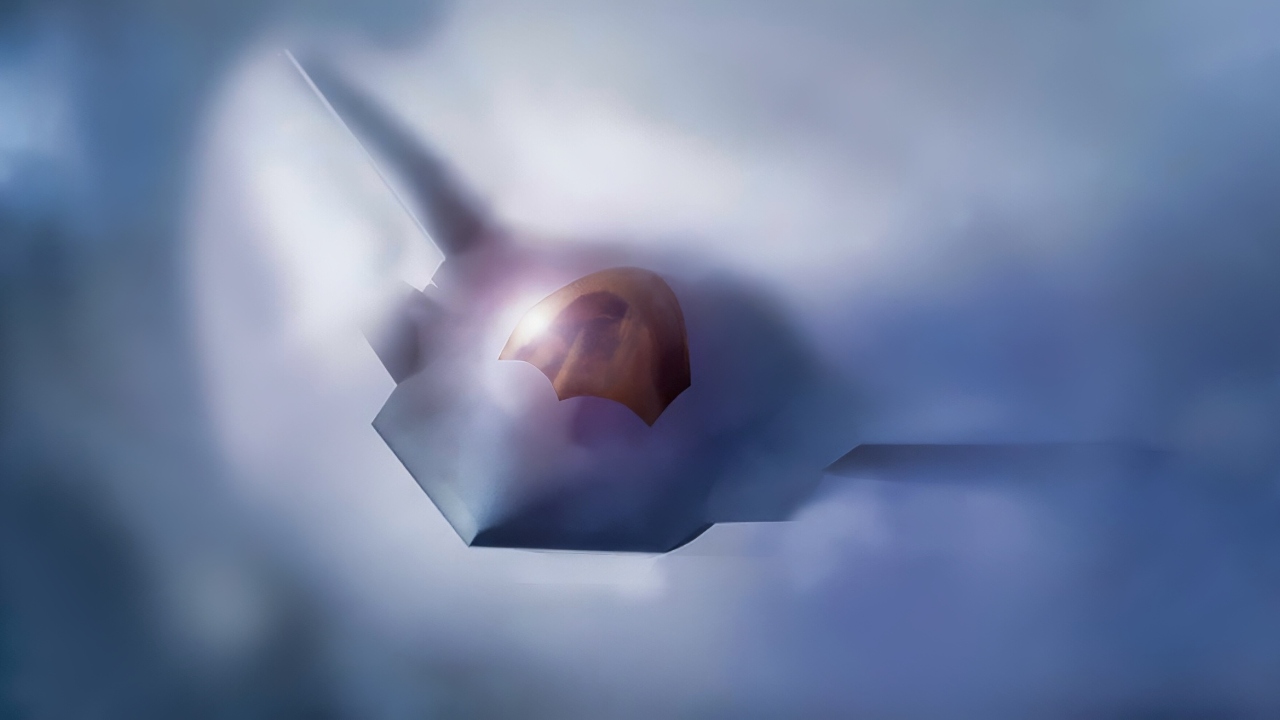
Shown is a graphical artist rendering of the Next Generation Air Dominance (NGAD) Platform. The rendering highlights the Air Force’s sixth generation fighter, the F-47. The NGAD Platform will bring lethal, next-generation technologies to ensure air superiority for the Joint Force in any conflict. (U.S. Air Force graphic)
It is a multi-domain command node, capable of controlling drones, integrating artificial intelligence for decision-making, and operating in highly contested environments.
Its stealth is broader-spectrum, its sensors more advanced, and its networking capabilities far more sophisticated than anything fielded before.
These attributes make the F-47 a centerpiece of future U.S. air dominance, expected to serve well into the 2040s and beyond.
Trump Wants to Export the F-47
Unlike the F-22, the F-47 is not subject to any formal legislative bans on exports (at least not yet). In fact, there are early indications that the U.S. government may be open to limited foreign sales, albeit with significant restrictions.
One of the most notable developments came in May 2025, when President Trump reportedly offered the F-47 to Japan during a phone call with Prime Minister Shigeru Ishiba. This marked the first known instance of the NGAD platform being proposed for export. The offer was strategically aimed at drawing Japan away from the Global Combat Air Programme (GCAP), a joint sixth-generation fighter initiative with the United Kingdom and Italy.
Trump suggested that export versions of the F-47 might be “toned down about 10 percent,” acknowledging the need to protect sensitive technologies while still enabling allied access.
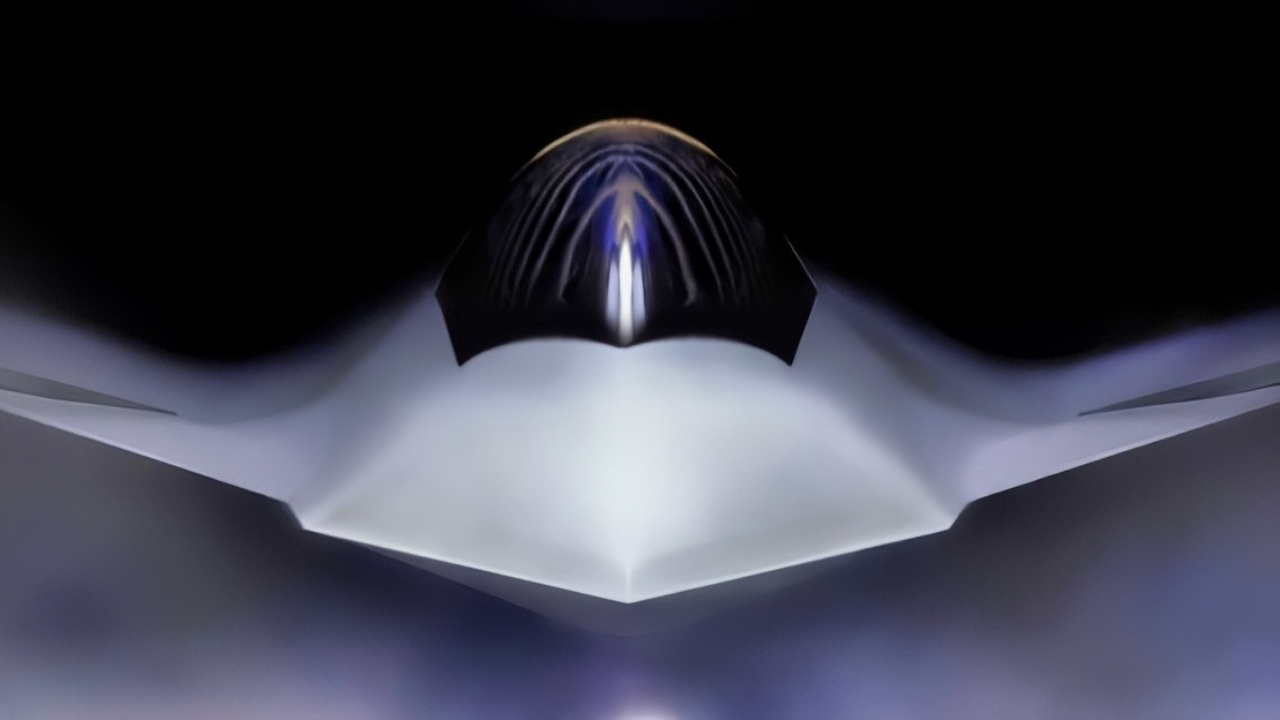
Shown is a graphical artist rendering of the Next Generation Air Dominance (NGAD) Platform. The rendering highlights the Air Force’s sixth generation fighter, the F-47. The NGAD Platform will bring lethal, next-generation technologies to ensure air superiority for the Joint Force in any conflict. (U.S. Air Force graphic)
This idea of a downgraded export version mirrors the approach taken with the F-35 Lightning II, which has been sold to numerous allies in slightly modified configurations.
The F-35 program demonstrated that controlled exports can enhance interoperability, strengthen alliances, and reduce per-unit costs through economies of scale.
However, the F-47’s estimated cost (around $300 million per unit) along with its strategic capabilities, may limit its appeal to only the most trusted and technologically capable partners.
Is Selling the F-47 Really a Good Idea?
While President Trump supports the idea of exporting the F-47, there are compelling arguments against it. First and foremost is the issue of technological sensitivity.
The aircraft is reportedly equipped with some of the most advanced avionics ever produced by the U.S.
Even a 10 percent downgrade may not sufficiently mitigate the risk of reverse engineering or technology leakage.
Second, exporting the F-47 could undermine U.S. strategic superiority. If geopolitical alliances shift, today’s trusted partners could become tomorrow’s competitors. Trump himself acknowledged this risk, noting that “someday, maybe they’re not our allies, right?”
From a European perspective, F-47 is a threat to defense autonomy. Selling the new fighter abroad could destabilize programs like GCAP and the Future Combat Air System (FCAS), which aim to develop indigenous sixth-generation fighters.
Analysts have warned that the F-47 could render these initiatives obsolete before they mature, effectively killing them by offering a superior alternative.
This could have long-term consequences for European defense autonomy and industrial competitiveness (although, from an American perspective, this is a positive outcome).
What About Limited Exports?
On the other hand, there are strong arguments in favor of allowing limited F-47 exports. One is cost efficiency.
Exporting the aircraft could reduce unit costs through increased production volume, making it more affordable for the U.S. Air Force and its allies. Another is alliance strengthening.
Providing top-tier technology to trusted partners like Japan, Australia, or the United Kingdom could enhance deterrence and interoperability, particularly in regions like the Indo-Pacific, where China is developing its own sixth-generation fighters, such as the J-36 and J-50.
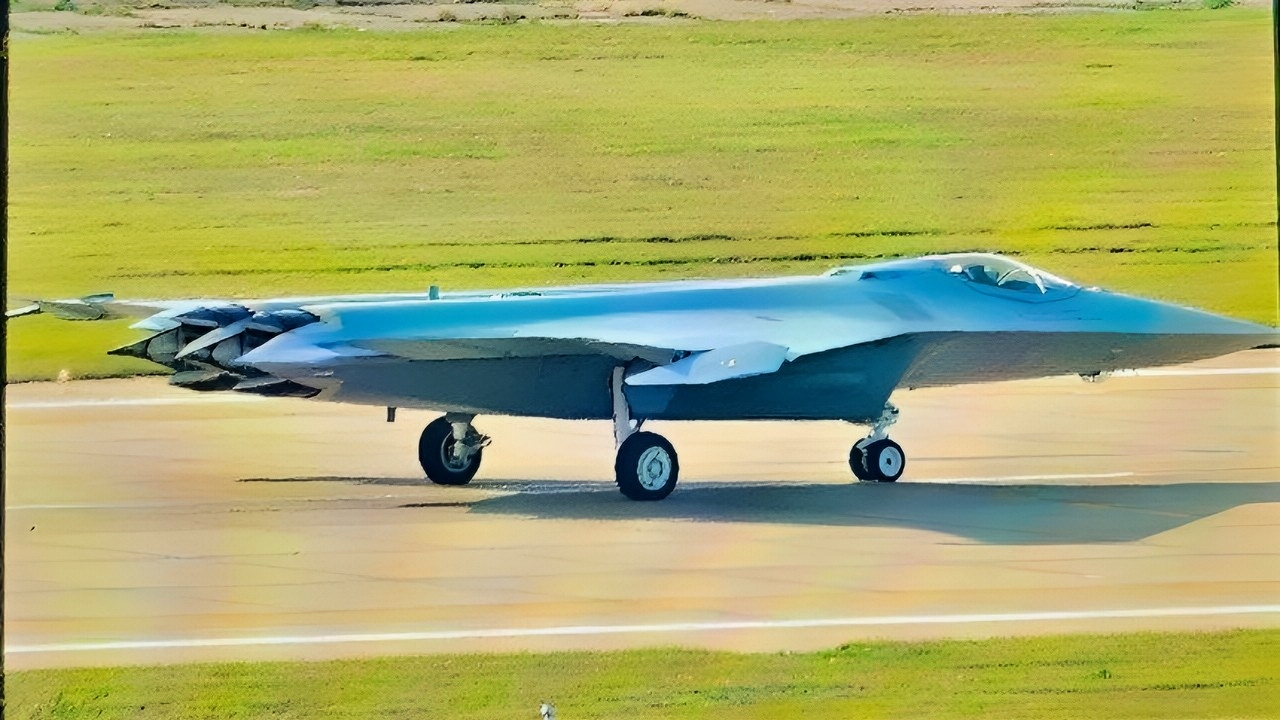
J-50 Fighter Image from X
Exporting the F-47 could also support the U.S. defense industrial base. Boeing has made significant investments in production infrastructure, suggesting readiness for high-volume manufacturing. Export orders could help sustain this industrial base, avoid bottlenecks, and ensure long-term viability.
Ultimately, the F-47 is unlikely to be exported as widely as the F-35, but it may also not be restricted entirely, like the F-22. Instead, the U.S. is pursuing a hybrid strategy.
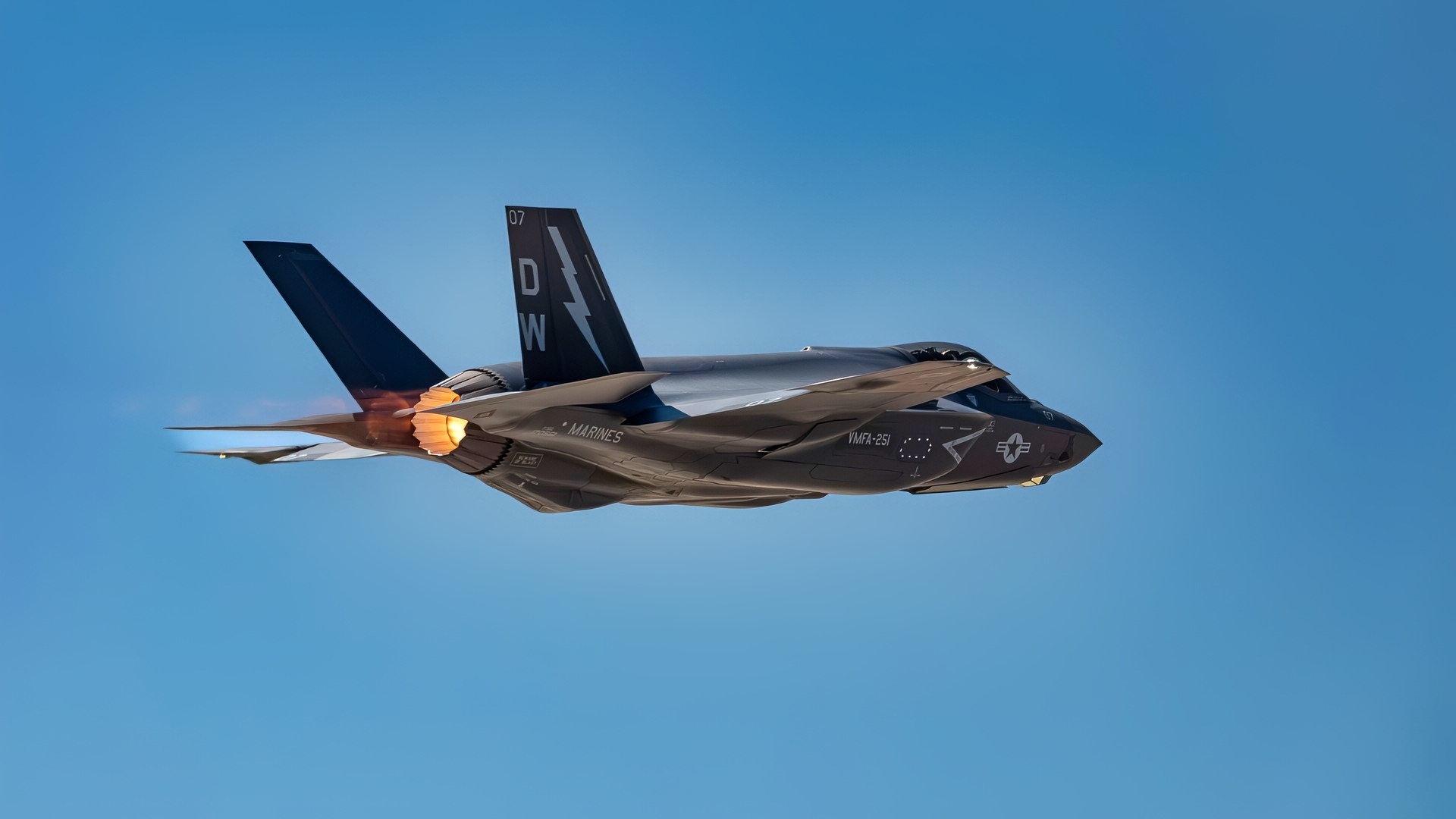
A U.S. Marine Corps F-35C Lightning II assigned to Marine Fighter Attack Squadron 251 (VMFA-251), Marine Corps Air Station Cherry Point, North Carolina, takes off for a mission in support of Red Flag-Nellis Marine Fighter Attack Squadron 251 (VMFA-251), 2nd Marine Aircraft Wing, Marine Corps Air Station Cherry Point, North Carolina 25-3 from Nellis Air Force Base, Nevada, July 22, 2025. Red Flag, strengthens join-force readiness through integration in realistic combat scenarios, enhancing interoperability and rapid-response capabilities. (U.S. Air Force photo by William R. Lewis)
This strategy seems to entail exporting modified versions to protect trade secrets and selling them only to the U.S.’s most trusted allies.
This strategy would allow the U.S. to strengthen its strategic alliances while also offsetting the steep cost of the fighter.
About the Author: Isaac Seitz
Isaac Seitz, a Defense Columnist, graduated from Patrick Henry College’s Strategic Intelligence and National Security program. He has also studied Russian at Middlebury Language Schools and has worked as an intelligence Analyst in the private sector.
More Military
The First 48 Hours of a War With China ‘Could Be Ugly’
Russia Tried to Build Their Very Own F-22 Raptor. Calling It a Disaster Would Be a Gift
The Royal Navy’s Queen Elizabeth-Class Aircraft Carriers Simply Summed Up in 4 Words










